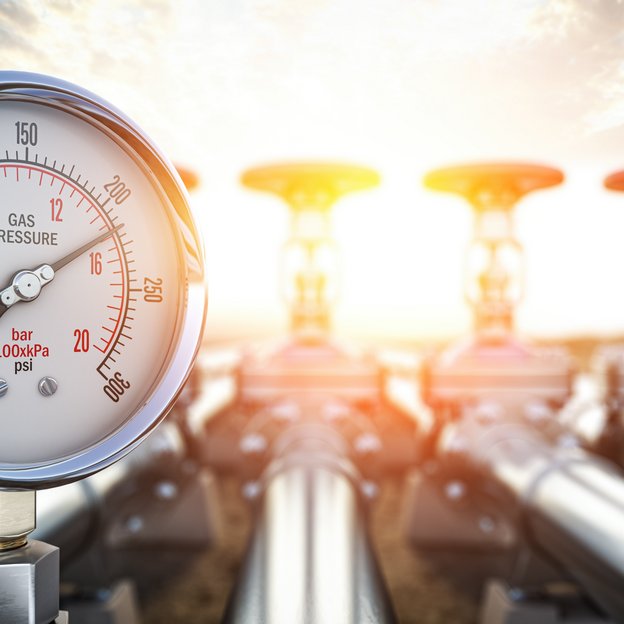Refrigerant Gas Analysis
Contact us

Refrigerant gas analysis is a critical component of maintaining efficient and effective cooling systems. By analysing the composition of refrigerant gases, technicians can identify potential issues before they become major problems, saving systems, time and money in the long run.
Refrigerant gas analysis is a process used to determine the composition of refrigerant gases in cooling systems. This involves taking samples of the gas and analysing them for various properties, such as purity levels and contaminants.
Gas chromatography is a more complex method that separates gases based on their properties and analyzes them individually. It is highly sensitive and can detect trace amounts of gases. However, it requires specialized equipment and training to operate.
Proper sampling techniques are crucial when conducting refrigerant gas analysis. It's important to ensure that the sample is representative of the system being analysed. This can be achieved by taking multiple samples at different locations and times. The sample should also be handled carefully to avoid contamination or degradation.
Types of Refrigerant Gases:
| Sr. No | Parameter | Test Method | Unit |
| 01 | Purity | AHRI 70 Appendix CPart-9 | % wt |
| 02 | Air and other non-condensable impurity | AHRI 70 Appendix C Part-5 | % vol at 25.0°C |
| 03 | All other volatile impurity | AHRI 70Appendix C Part-9 | % wt |
| 04 | Particulate | AHRI 70 Appendix CPart-3 | pass/fail |
| 05 | Water | AHRI 70 Appendix C Part-2 | Ppm wt |